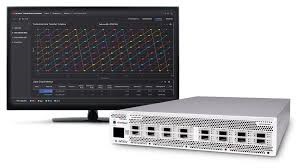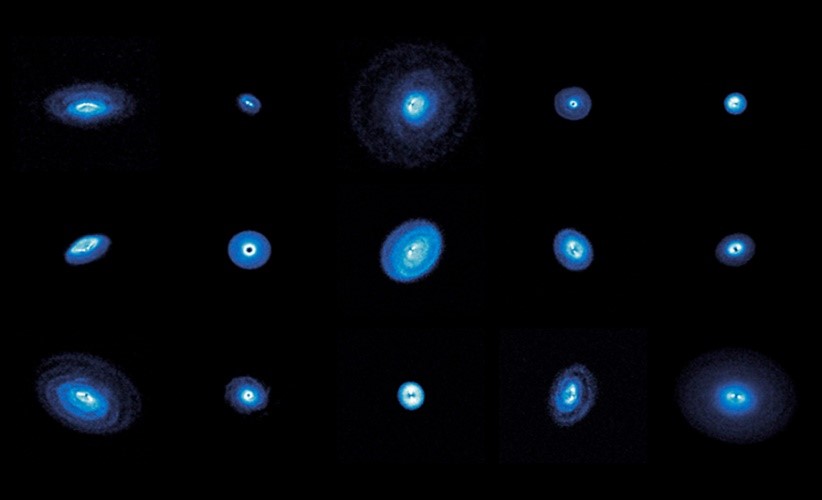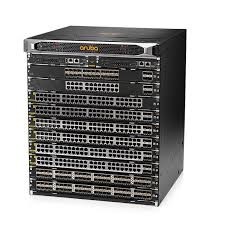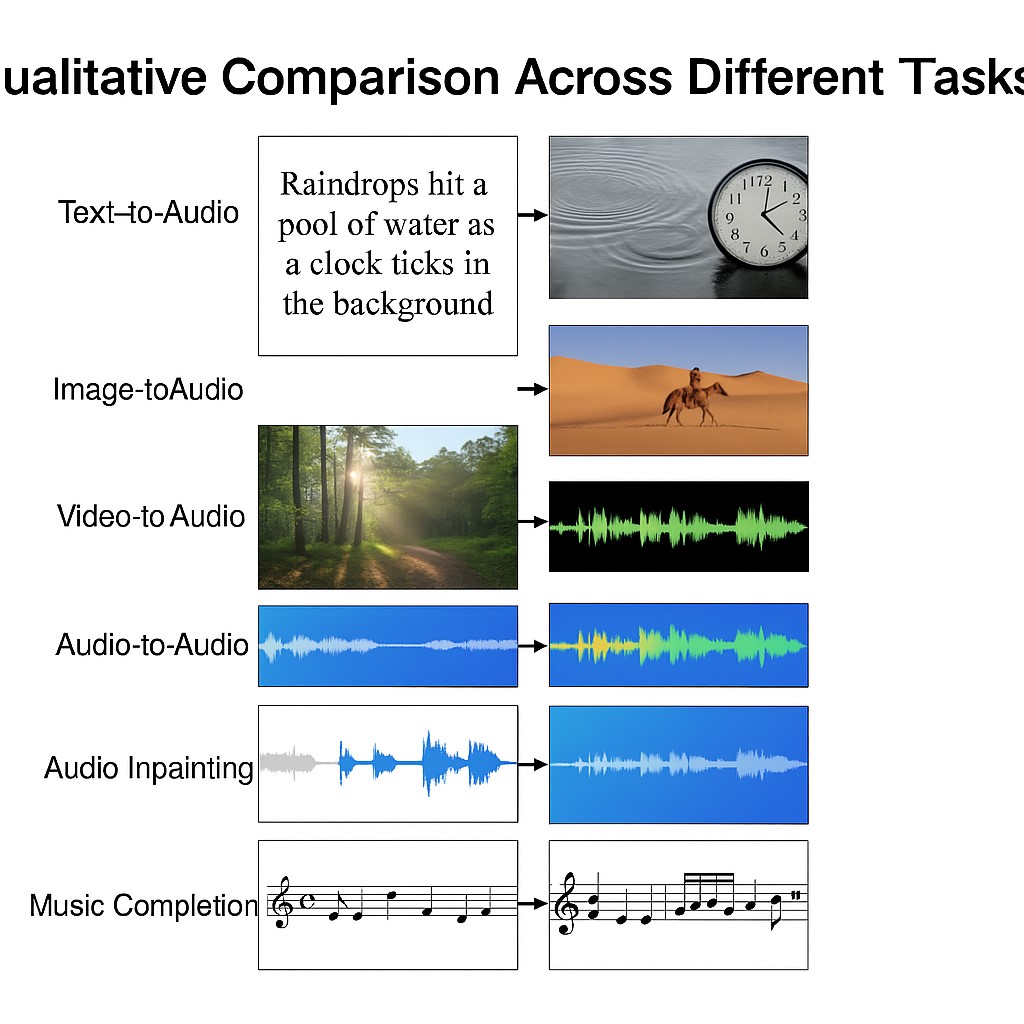USC Scientists Develop 5-In-1 Blood Test for Early Alzheimer’s Detection
“Our test stands out for being highly cost-effective compared to current technologies, and it’s fairly easy to adopt since many university, hospital, and clinic labs already use this type of technology,” said Dr. Ebrahim Zandi, associate professor of molecular microbiology and immunology at the Keck School of Medicine, who led the study.
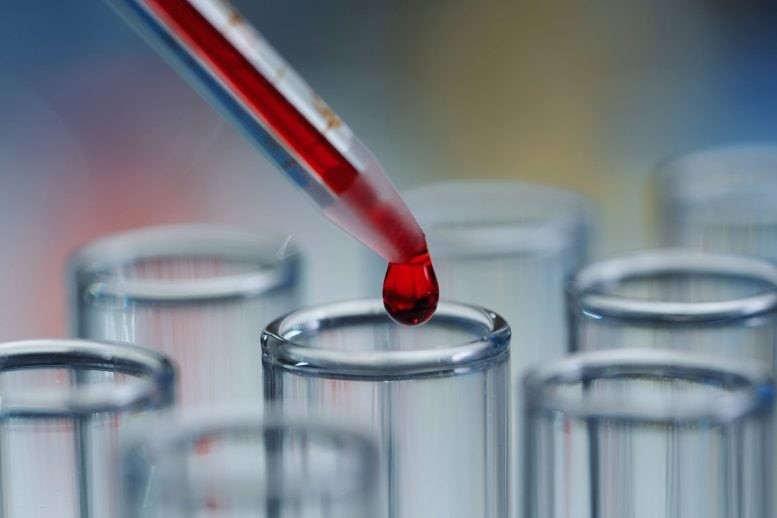
Figure 1. USC Scientists Create 5-in-1 Blood Test for Early Alzheimer’s Detection.
Developing a low-cost diagnostic tool is essential, as it opens the door to widespread annual screenings for Alzheimer’s disease. Similar to routine cholesterol or blood sugar tests, the 5ADCSI could help identify individuals who might benefit from medications or lifestyle adjustments—like increased physical activity—to prevent or slow the disease. Figure 1 shows USC Scientists Create 5-in-1 Blood Test for Early Alzheimer’s Detection.
“Alzheimer’s develops gradually over 10 to 20 years as proteins like amyloid and tau accumulate in the brain,” Zandi explained. “An affordable blood test that detects these proteins early could allow us to begin treatment long before symptoms appear.”
Developing the Blood Test
To create the 5ADCSI blood test, researchers began by selecting five key biomarkers known to accumulate in Alzheimer’s disease: two forms of amyloid (Aβ40 and Aβ42), phosphorylated tau (pTau), neurofilament light chain (NfL), and glial fibrillary acidic protein (GFAP).
They designed a custom test using xMAP® technology, which relies on tiny, color-coded beads coated with antibodies that bind specifically to each biomarker. When a blood sample is added, any biomarkers present attach to the beads. Advanced imaging sensors then read the bead colors to determine the levels of each biomarker.
After developing the test, the team analyzed blood samples from 63 individuals, divided into three groups: 11 with Alzheimer’s disease, 17 with mild cognitive impairment (a known precursor to Alzheimer’s), and 35 healthy individuals.
The 5ADCSI test detected the highest concentrations of the biomarkers in the Alzheimer’s group, followed by the mild cognitive impairment group. Among the markers, phosphorylated tau (specifically p217Tau) showed a particularly strong link to the disease.
Researchers also applied the test to cerebrospinal fluid (CSF) samples, which are typically richer in Alzheimer’s-related proteins but more difficult and costly to obtain. They found moderate to strong correlations between biomarker levels in the blood and CSF, indicating the blood test’s sensitivity and potential for early detection.
From Research Tool to Clinical Application
The 5ADCSI test originated as a practical research solution. Christopher Beam, PhD, an associate professor of psychology at the USC Dornsife College of Letters, Arts, and Sciences, needed a more cost-effective method to measure Alzheimer’s biomarkers for his work on cognitive aging. Ebrahim Zandi stepped in with a solution—the development of 5ADCSI.
Now, the research team is focused on advancing the test from a lab-based prototype to a reliable clinical diagnostic tool. To expand on their initial proof-of-concept, they plan to evaluate 5ADCSI’s accuracy in a larger study involving several hundred patients at various stages of Alzheimer’s disease.
Zandi sees the test as a valuable tool for global use, particularly because it relies on accessible and affordable technology that is already common in labs around the world. His broader vision includes integrating the 5ADCSI test with genetic screening for the APOE4 gene—known to increase Alzheimer’s risk—to create a comprehensive brain health risk assessment that can help individuals better understand and manage their risk for the disease.
Source: SciTECHDaily
Cite this article:
Priyadharshini S (2025), USC Scientists Develop 5-In-1 Blood Test for Early Alzheimer’s Detection, AnaTechMaz, pp.129



